Tasty Pedals made by DOD
DOD, or Digitech/DOD Electronics, is a renowned brand in the world of audio electronics, particularly known for its effects pedals for guitars and basses. The company was founded in 1973 by David Oreste Di Francesco and John Johnson, hence the acronym DOD. Initially focusing on guitar effects pedals, DOD gained prominence with its innovative designs and affordable yet high-quality products.
Throughout its history, DOD has produced a wide range of effects pedals, including overdrive/distortion pedals, delay units, chorus and flanger pedals, and more. Their pedals often feature robust construction, simple yet effective controls, and distinctive sound characteristics. Classics like the DOD Overdrive/Preamp 250 and the DOD Stereo Chorus have become staples on pedalboards of musicians across various genres.
In 1984, DOD was acquired by Harman International Industries, which also owned other prominent audio brands like AKG, JBL, and Lexicon. Under Harman’s ownership, DOD continued to innovate and release new pedals while maintaining its reputation for providing high-quality effects at accessible prices. Though there have been shifts in ownership and product lines over the years, DOD pedals remain highly regarded by musicians seeking reliable and versatile effects for their performances and recordings.
Just Pedal Ingredients.
Anniversary. Drive — A drive pedal adds grit, warmth, and harmonic richness by gently overdriving your guitar signal, simulating the sound of a tube amp pushed into natural breakup. It works by boosting the signal until it begins to clip softly, producing smooth, musical distortion that enhances dynamics without overwhelming the original tone. Drive pedals are perfect for adding sustain and body to clean tones or giving solos extra bite and presence.
There are many flavours of drive — from transparent low-gain pedals that subtly enhance your sound, to midrange-heavy overdrives like the Tube Screamer that cut through a mix. They can be used to push an amp harder, stack with other pedals, or simply shape the foundation of your tone. A good drive pedal responds to your touch, letting you control everything from gentle crunch to singing sustain just by adjusting your picking dynamics or guitar volume.. Overdrive — Like a golden layer of melted cheese — warm, gooey, and just put it all over. It adds just the right amount of richness and grit, turning a clean signal into something smooth and savoury. Designed to mimic the natural breakup of a tube amp pushed to its sweet spot, overdrive delivers the flavour of classic rock and blues in every bite. From creamy mid-gain warmth to crisp edge-of-breakup sparkle, it’s the comfort food of guitar tone — simple, satisfying, and endlessly versatile. Whether it’s a mild crunch or a full-bodied roar, overdrive is where good taste begins.. Pedal — Your pedal is like a signature dish for your sound — a flavour-packed creation that transforms the bland ingredients of your guitar into something unforgettable. Each one adds its own seasoning, texture, and heat, turning a simple meal into a feast of tone.
These tasty little boxes sit in a row, like plates on a buffet, letting you mix and match flavours as you play. With one tap of your foot, you can swap sweet for spicy, subtle for smoky, and serve up something completely new. From the comfort food of warm overdrive to the fiery kick of fuzz, from smooth jazz sauce to heavy-metal spice, pedals give players a full menu of options to express their taste. And just like with food — once you’ve tried one dish, you’ll want to sample them all.
Collecting, trading, and discovering new flavours soon becomes part of the joy of being a tone-loving gourmet geek with a guitar.. Preamp — A preamp pedal shapes and boosts your guitar’s signal before it reaches your amp or recording interface, giving you control over tone, gain, and headroom. It acts as the first stage of amplification, adding warmth, clarity, and character while preparing your signal for the next part of the chain. Some preamps emulate the response of classic valve circuits, while others offer clean, transparent tone shaping ideal for acoustic instruments or direct recording setups.
Used on its own, a preamp pedal can serve as the foundation of your tone, providing a consistent core sound wherever you play. When combined with other effects, it enhances dynamics and helps each pedal sound more defined and natural. Whether you’re looking to push your amp harder, bring life to a dull signal, or refine your sound for the studio, a good preamp pedal adds presence, punch, and musicality to any rig..

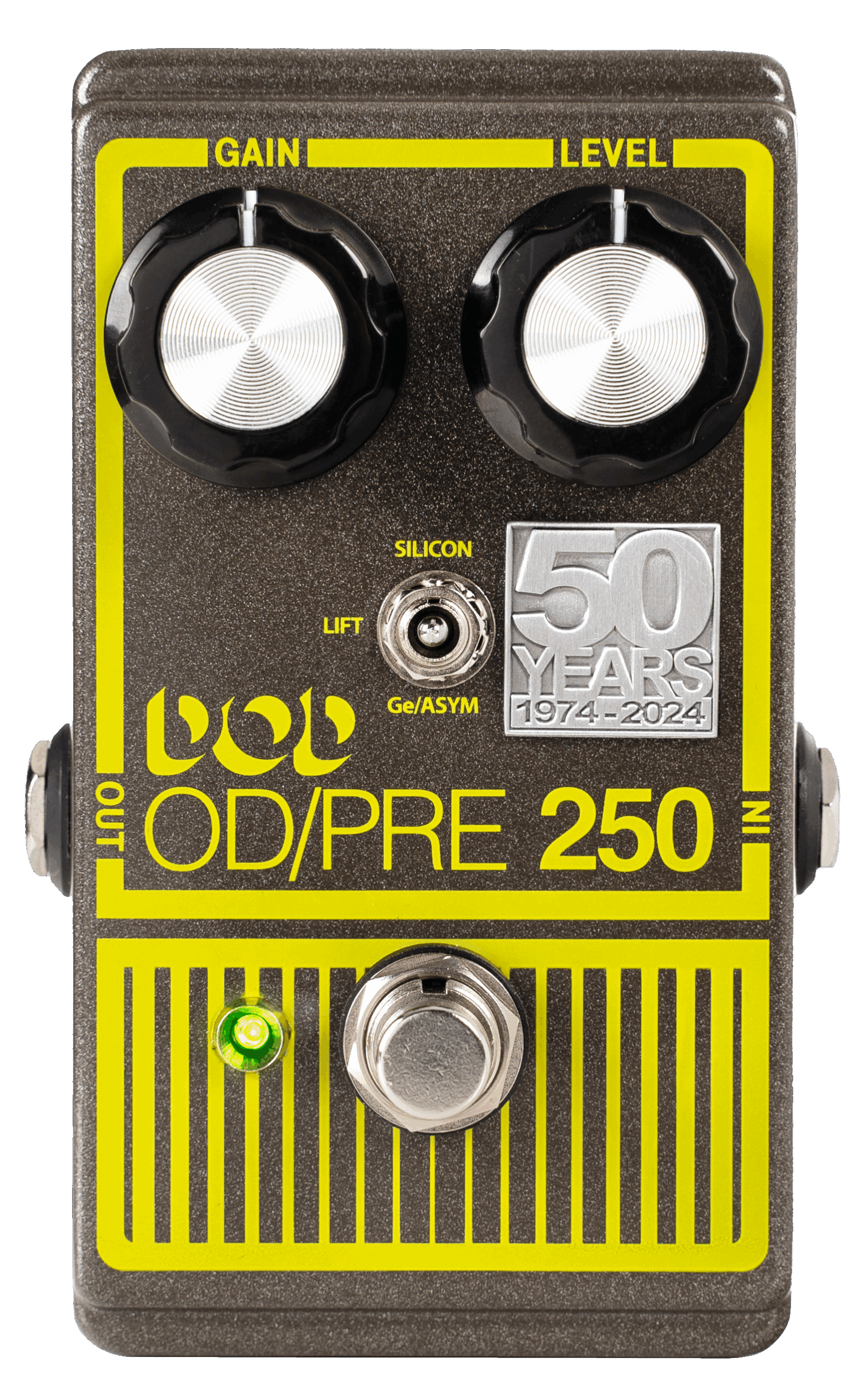
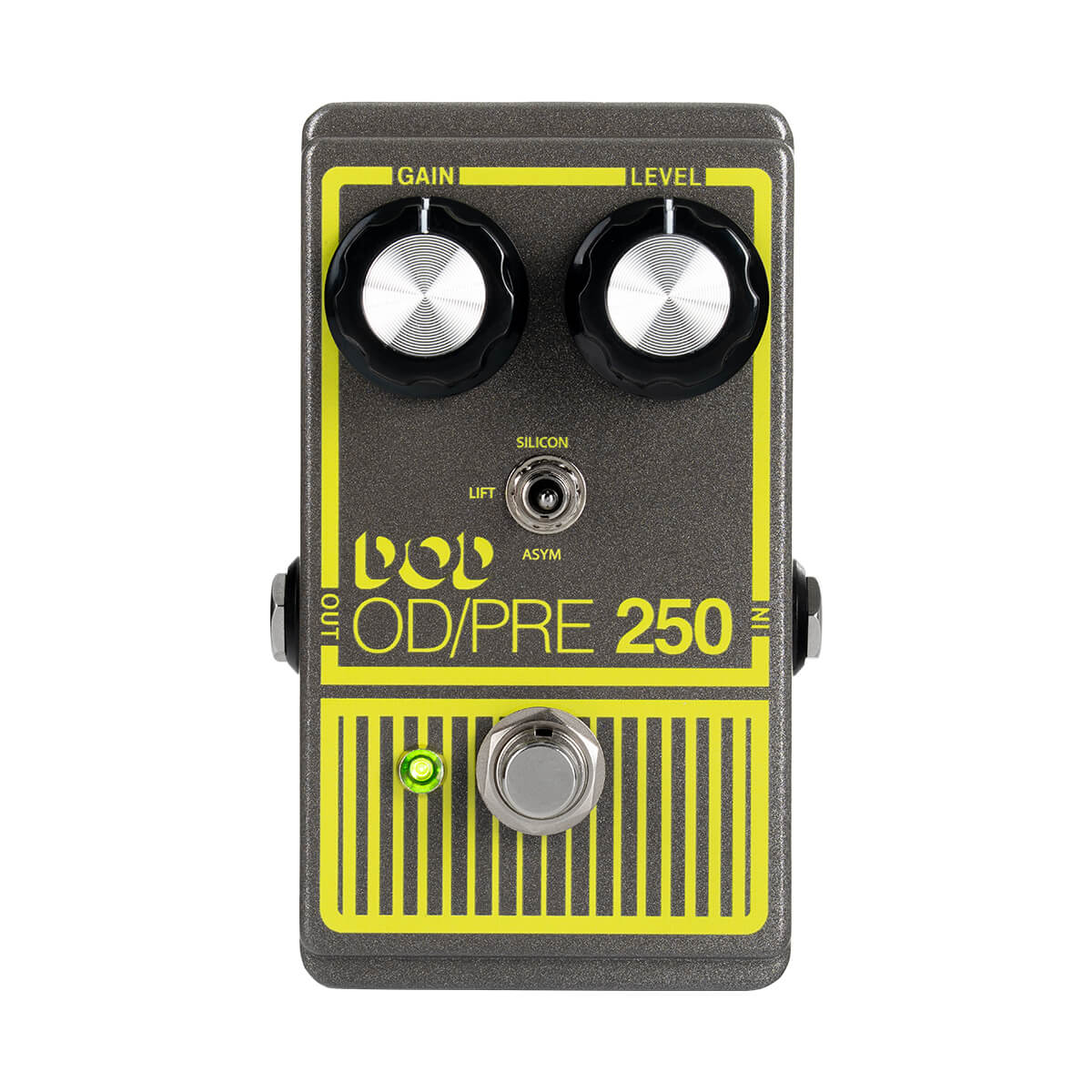
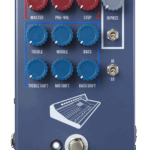
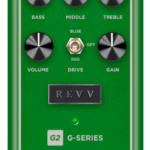
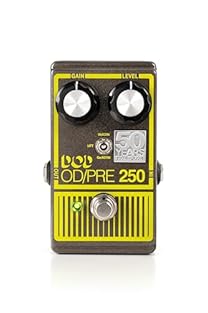

![🎸[2 overdrive modes] Warm: The classic TS overdrive sound replica. Hot: More powerful, a louder, tightened sound. 🎸[Style-type] Combining iconic vintage tube overdrive sound with wide dynamic range, Donner overdrive pedal gives you a wide tonal range...](https://m.media-amazon.com/images/I/51tSxpGFCsL._SL313_.jpg)

